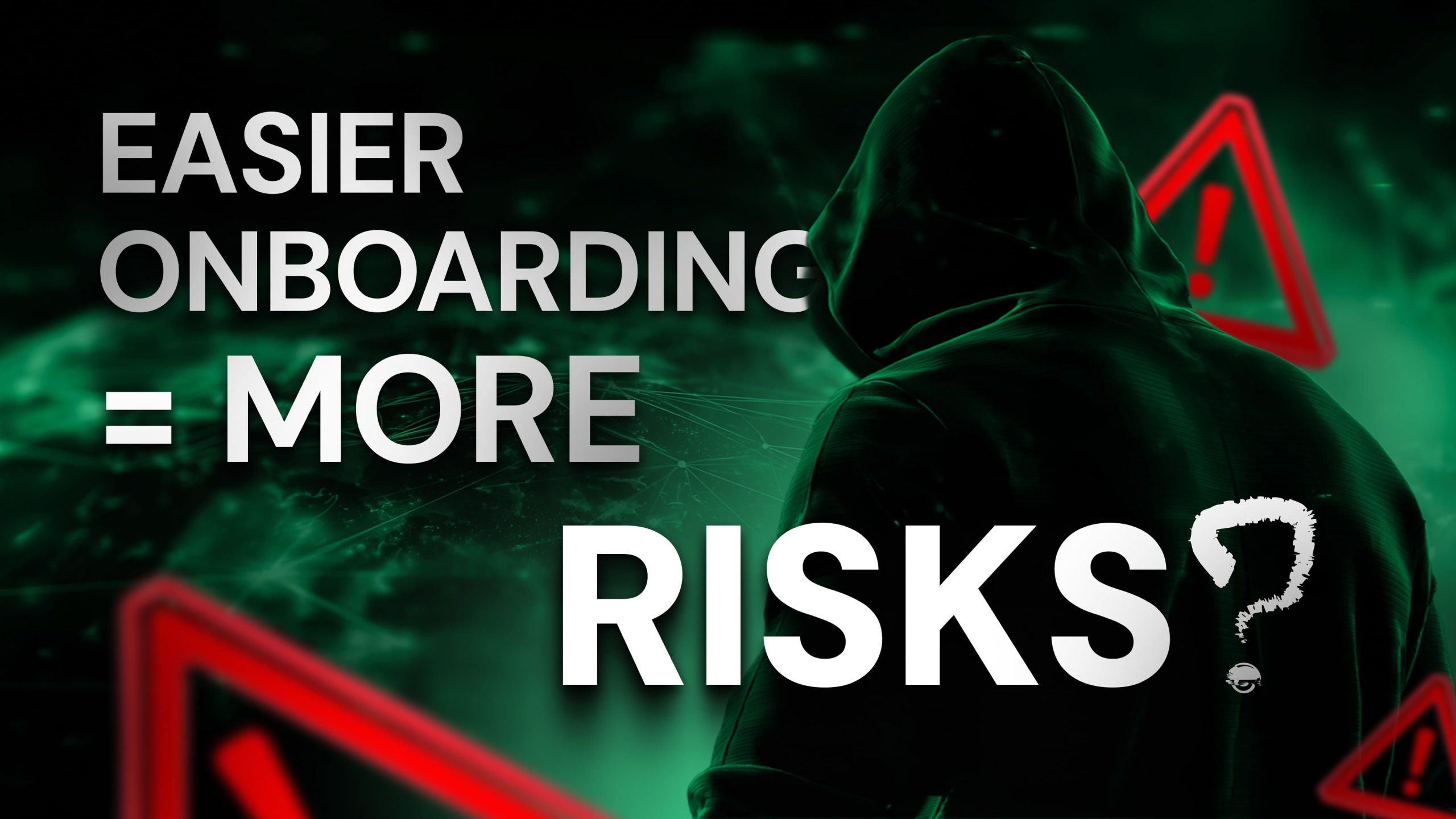Watch the full video of this episode of the panel discussion on Gamma Prime’s YouTube channel
Panel discussion with Sarah Schwartz (Developer Relations Engineer at BattleLabs), Eric Vreeland (Chief Strategy Officer at Polyhedra), Alex Shevchenko (CEO of Aurora), Abdul Rehman (Head of DeFi at Monad), Shubham Bhandari (Head of Ecosystem at Manta Network), and Daniel Oon (Head of DeFi at Polygon Labs)
Web3 keeps promising smoother onboarding — gasless transactions, account abstraction, interoperability. But this panel flips the script: do we even need to fix UX? From AI agents that could replace clunky interfaces to the risks of letting them handle real money, this discussion asks the tough questions about the future of Web3 adoption.
Sarah (BattleLabs)
Alright, let’s get into the application side a little bit. And specifically, I’m kind of thinking about UX and how it’s kind of sad to admit, but I think a lot of people here would agree that there’s a lot of onboarding education needed to use Web3. What do you think is the solution to address this in the context of institutional adoption? For example, will gasless transactions, account abstraction, and interoperability be the key advancements to make all this more intuitive for people?
Alex (Aurora)
If anyone has been hearing any of my talks over the past seven years, I was always an advocate for a great user experience. And now I’m slowly starting to shift my opinion towards: let’s not care about user experience anymore. The reason for this is simple. AI agents are kind of figuring it out. We already see agents integrating very easily with Twitter and posting something there. There are agents that are starting to perform financial transactions already, again, right now on cross-chain solutions.
Maybe, just maybe, we don’t need to fix the user experience. Maybe we don’t need to fix onboarding. Maybe AI is going to figure it out, and then it will be able to convert it into something that is easily consumable for humans. But in general, I’m not fully at this point yet. So, for humans at least, it makes sense to fix it.
Obviously, gasless transactions, which are powered by account abstraction or some additional interesting mechanics that allow users to log into their applications with things like passkeys instead of seed phrases, can be beneficial. But there is a risk that this is going to be beneficial only within the short time frame.
Shubham (Manta Network)
I can go next. So, on user experience, specifically for RWAs or maybe capital markets. I think right now it’s pretty good. We have seen Ondo, which has a good product market. We have seen Mantra as well recently. I’m not really sure how it’s going, but on the website and everything, it’s written as though they have good connections where they can actually bring properties IRL to the chain.
Now, coming to chain abstraction first, because you asked about interoperability. When I started, even the UI and UX was not good for me. I used to use centralized exchanges. But later on, because of using and talking to all these other ecosystem dApps, I started using them.
But just to mention one thing: even right now for chain abstraction wallets and stuff, I don’t usually keep a lot of money inside. This is kind of centralized compared to non-custodial wallets. So I’m not sure how people will look on chain abstraction. But account abstraction was one thing that really had a good impact. I’ve seen a lot of apps right now using it.
Now, coming to account abstraction specifically: for example, I have one application, he has one application, he has one application. Each of us are using a different account abstraction tool. He will create one wallet for me, I create one wallet, and this person creates another. There are three wallets for just one person. That’s an issue right now, even on the backend side.
So either we talk about UI on the frontend side, or on the backend side. Still, I think we need to figure out a lot of things. Either it can be simple for users and on backend we need to figure it out, or else users need to understand how to manage the wallets, which are different from each other. So I think it’s more about how we find the market fit rather than UI, at least for the RWAs and capital markets.
Abdul (Monad)
Yeah, I think in general there’s a lot of room for improvement in UI/UX for every dApp that we see in crypto today and all the different chains. I partially disagree with the whole concept of chain abstraction, because for anybody that’s been in DeFi long enough, there are a lot of risk nuances when it comes to different chains.
Even Ethereum and Solana, being the biggest chains out there – if you talk to institutions, there are very different risk profiles for the kind of investors that want to put their assets on Ethereum mainnet versus those comfortable with Solana. And then if you go to an L2, which is built on top of Ethereum but not really a fully decentralized network on its own, obviously that’s another different risk profile.
So if you try to abstract those risks away, I feel like that’s not the best approach. And with all the hacks that happen in crypto, it’s always good to make users aware of the risks they’ll see on a risk-minimized environment and a permissionless environment.
Beyond that, if you look at any independent chain itself, the UI/UX should be improved quite a lot – especially if you’re looking to onboard a lot of TradFi people. They’re not used to the clunky experiences we have in crypto. We pride ourselves on using things that normal people would not understand, or it would just take them too long.
A small example: CZ, the founder of Binance, tweeted two days ago that he tried to use a dApp on BNB chain, and it took him 30 minutes to do his first swap. This is the CEO of the biggest centralized exchange in the world. It just shows that if he’s struggling to use a dApp, then we can only imagine what normies go through with that experience.
With a lot of things coming on the AI side, I think it’s good that we have agents. Again, I think it’s good to have the right kind of risk parameters in place so that people understand when they’re interacting with different dApps, what kind of risks they present. But overall, there’s a lot of room for improvement for UI/UX overall, if we’re looking to onboard more people.
Eric (Polyhedra)
Yeah, I’ll just add one comment. I generally agree. I think, like Alex said and some others, AI is going to be the way we interact with blockchain in the near future. Asking it to bridge assets or giving it an objective and letting it go accomplish that is going to be much easier than trying to fix the user experience we have today.
By the time we get there, AI agents will be in a place where they’ll be able to do pretty much anything we want them to do on-chain. We won’t have to worry about the UI. But if this is the case, that brings up a whole new set of concerns: the security of these agents. They’re now utilizing real funds, and we have to make sure those funds are secure.
There was an experiment done the other day, asking people to exploit a particular AI agent, and it was able to be done pretty quickly. If something goes wrong, there needs to be some accountability and responsibility. There has to be some understanding between the people who are using these agents and the people who are deploying them.
If funds are lost, who is responsible for that? Right now, AI is a black box by nature. We need to find a way to create accountability and responsibility for the people developing this, so that we can increase trust between users and these agents.
Sarah
Awesome. I think we’re just over time. Thanks, everyone on the panel.
Panelists
Thank you.



